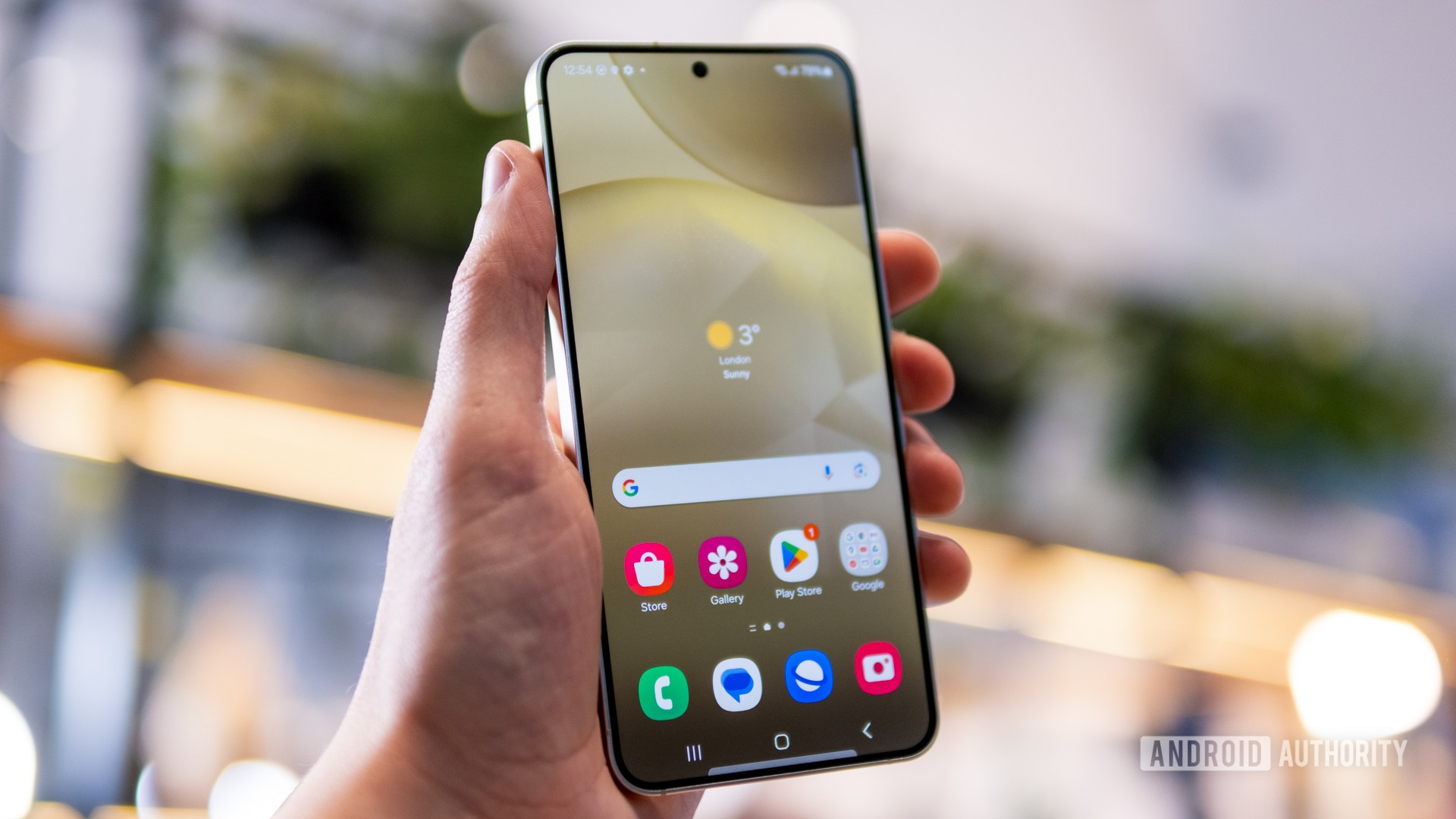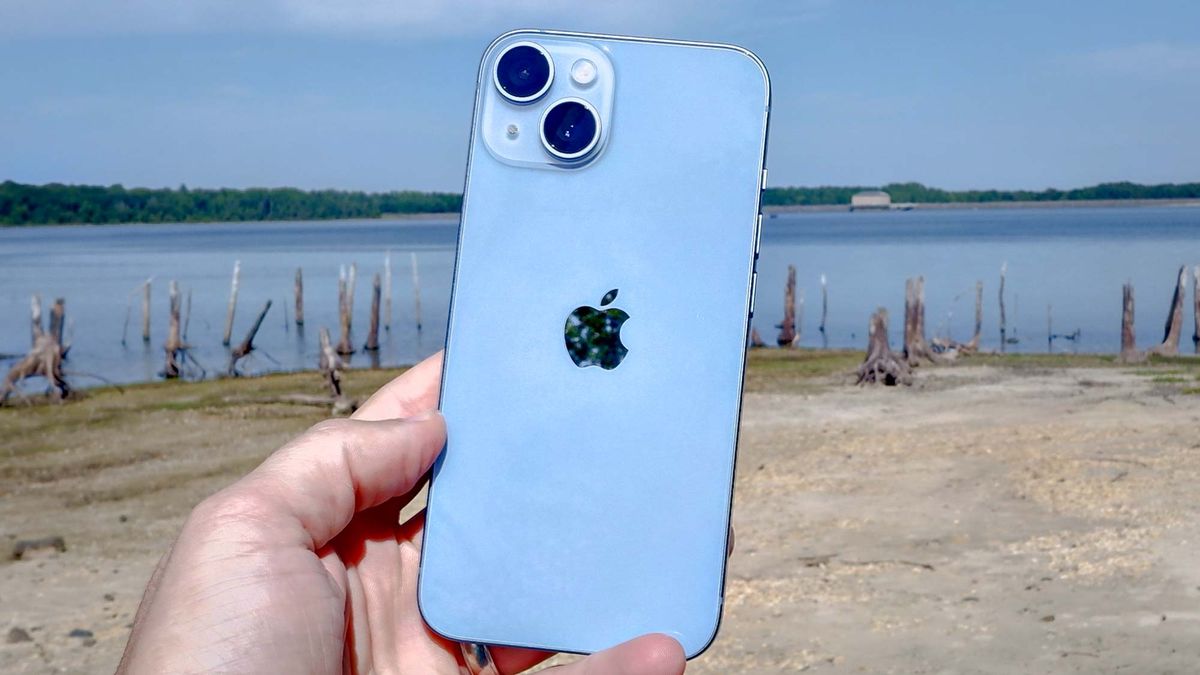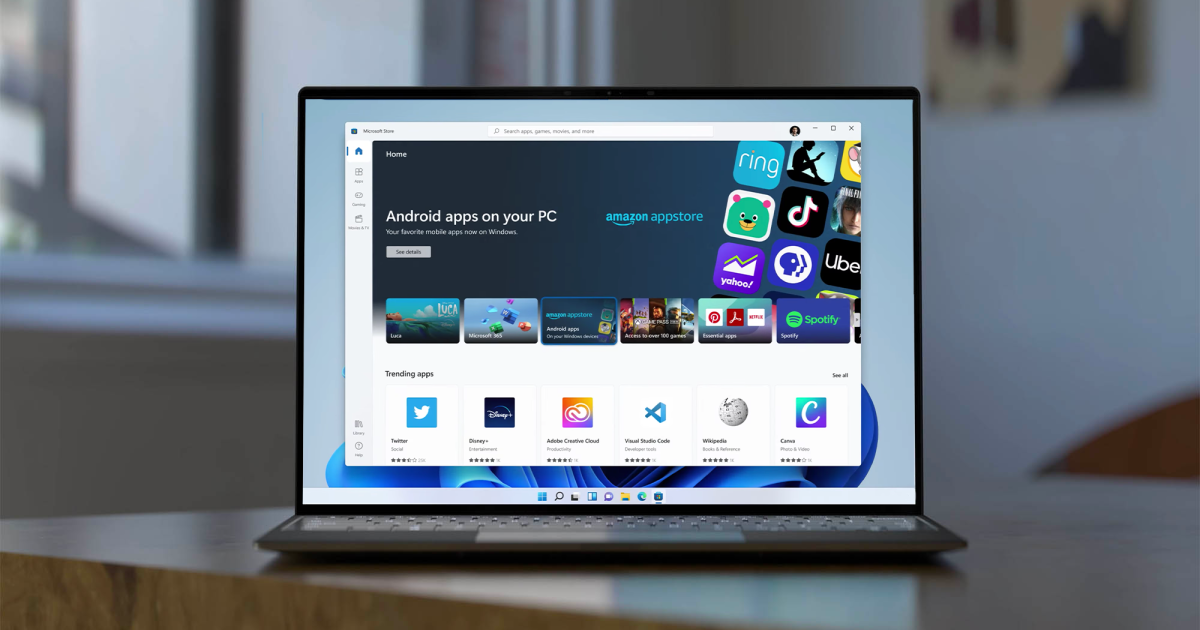At the beginning of the COVID-19 pandemic Allegiant slashed its online advertising budget, conserving critical cash with minimal effect on bookings. Even as travel returns to pre-pandemic levels, the company is keeping its ad spend in check. But Allegiant still sees significant value in the digital marketing world. This time around, however, it wants to be the seller of ad space, not the buyer.
The holy grail of any digital marketing effort is sufficiently accurate and granular targeting to ensure that consumers engage with the ad rather than ignore it. Airlines and their suppliers – often around the inflight entertainment systems – have talked about delivering on this promise for years. But success stories remain few and far between. Allegiant believes it has found that sweet spot in the market.
[Trip-specific targeted marketing] is a big part of our next evolution. And we finally have the tools in place with an ad server that allows us to do that at scale.
– Allegiant Chief Marketing Officer Scott DeAngelo
The company is, like most airlines, spectacularly proud of the customer data it collects. The high percentage of package deals it sells, including hotel and rental car, further leads Chief Marketing Officer Scott DeAngelo to believe Allegiant can grab outsized returns from running its own ad serving solution in-house. Results from the initial proof-of-concept are promising.
Speaking recently at the Future Travel Experience Global conference in Las Vegas, DeAngelo acknowledged that Allegiant has, for the first time, implemented an ad serving platform in-house that allows the carrier to package the customer. More than 80% of the airline’s passengers say the flight is the first purchase they make when planning a trip. That leaves the potential for Allegiant’s very successful hotel and car package deals wide open, of course. But it also exposes potential for marketing activities and other types of purchases that the company now believes it can drive for retailers
As DeAngelo explains:
We know that these trips are imminent. We know the ages of all the travelers. And we know what type of trip it will be. If they’re going to a beach they’re going to want swimwear and sunscreen. We know they’re going to be making a purchase and the question to a Kroger to Walmart is, ‘Would you like to get these purchases or let them go elsewhere?’
The company is also very aware that timing of the pitch is critical to conversion. Display ads on the website during the booking process might have some success, but that’s not where DeAngelo expects the best performance.
The company sends as many as six drip marketing emails after any booking. Open rates are high, as passengers are keenly aware that any email about a trip could involve a schedule change or other problem. Which means these are also a prime opportunity to sell. As DeAngelo explains, “Those are the places where it would be opportune to say, ‘Hey, here’s a packing list provided by Kroger. And here are brands where you’ll save a few dollars.’ We think that will drive business to the stores to purchase the full basket pre-travel needs.”
DeAngelo does admit that the first few campaigns were run essentially for free, to prove to brands that the system works and can deliver the conversions. He describes the initial results as “phenomenal,” helping the company develop the sales collateral it needs to go out and close advertising deals with major partners.
Moreover, DeAngelo does not believe that it will cost the retailers out of pocket. Instead, he’s hoping they dip into the promotional budgets from name brands, typically used to develop large in-store displays. “The stores never really found targeted ways that they can [spend] the promotional budget,” DeAngelo opines. “Those dollars are massive and even just to get a pinch of those for our program would be fantastic.”
The task of selling that ad space will, like nearly everything the company does, also be managed internally. Allegiant already has a strong, in-house ad sales team that sells for its inflight magazine. Those employees now have a lot more ad space to work with as they’re talking to retailers.
More news from Future Travel Experience Global 2022
A favor to ask while you’re here…
Did you enjoy the content? Or learn something useful? Or generally just think this is the type of story you’d like to see more of? Consider supporting the site through a donation (any amount helps). It helps keep me independent and avoiding the credit card schlock.









